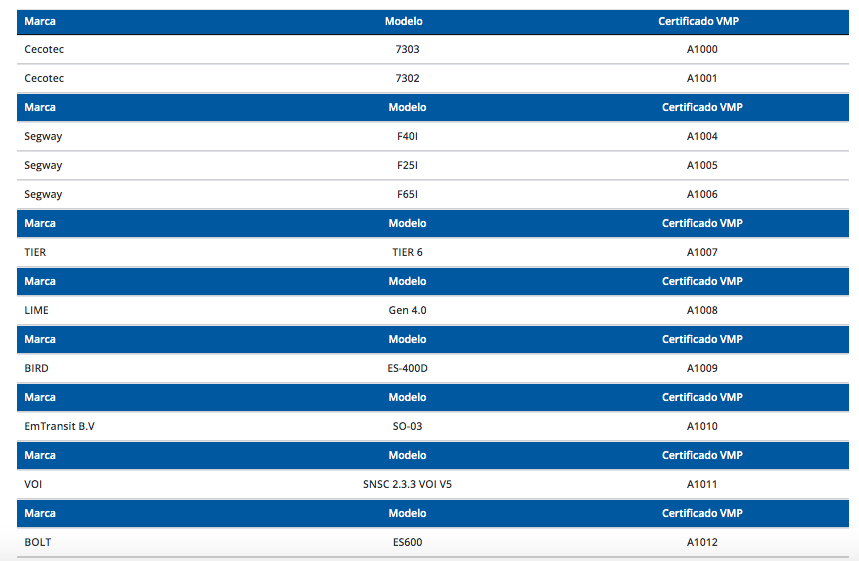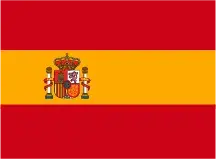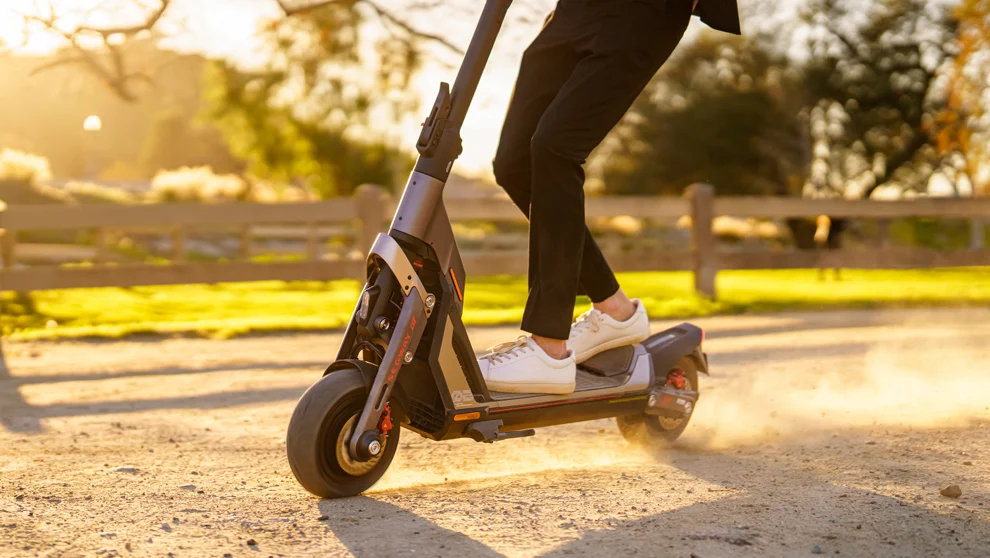Micromobility has spread in recent years throughout European and Spanish cities, becoming another player in urban transportation.
With the implementation of Low Emission Zones and the push for more sustainable city structures, this trend is here to stay.
Regulatory needs have emerged, and the General Directorate of Traffic (DGT) has taken the necessary steps by publishing the official list of certified personal mobility vehicles (VMPs) in Spain.
This list has been issued in accordance with the characteristics manual published through the Resolution of January 12, 2022, by the General Directorate.
Currently included in the list are:

With this announcement, it has been established that starting from January 22, 2027, only electric scooters that comply with the provisions in the manual and, therefore, have the appropriate certification, will be allowed to circulate.
Essential elements included in the requirements are good braking capacity, non-slip surface, bell, display for speed visualization, lights, among others.
According to Jorge Ordás Alonso, Deputy Director-General of Management at the DGT, these requirements essentially ensure that a VMP is “safe, visible, and of quality.”
“They quickly gained popularity, and micromobility carved out a space in urban mobility. Therefore, this task was unavoidable since 82% of fatalities in cities are vulnerable users, and VMPs fall into that category,” he acknowledged in a LinkedIn post.
This comes at a crucial time, as several Spanish cities are in the process of organizing their urban areas and expanding their electric scooter fleets.
One such example is Madrid, where the City Council introduced new regulations that will lead to a new tender with only three winning companies.
Given this situation, stakeholders were concerned about the lack of clarity regarding the regulations.
Background
It is worth recalling that the first instruments of this kind were published in 2016.
Instruction 16V-124 was introduced to acknowledge the existence of these types of vehicles and allowed certain municipalities to begin designing the role that these vehicles would play in each city.
At the end of 2020, Royal Decree 970/2020 was published regarding urban traffic measures, becoming historic for establishing a generic speed limit of 30 km/h on single-lane roads in each direction (resulting in a 20% reduction in urban fatalities in its first year of implementation).
This element introduced, for the first time in legislation, the concept of VMPs and their definition as “vehicles,” which meant that riders had to comply with the broader traffic regulations.
“You couldn’t ride on the sidewalk, drive under the influence of alcohol or drugs, or wear headphones,” the DGT representative recalled in his post.
At that time, the regulation required these vehicles to undergo a certification process based on a Manual of Technical Characteristics, which was officially approved in January 2022.








